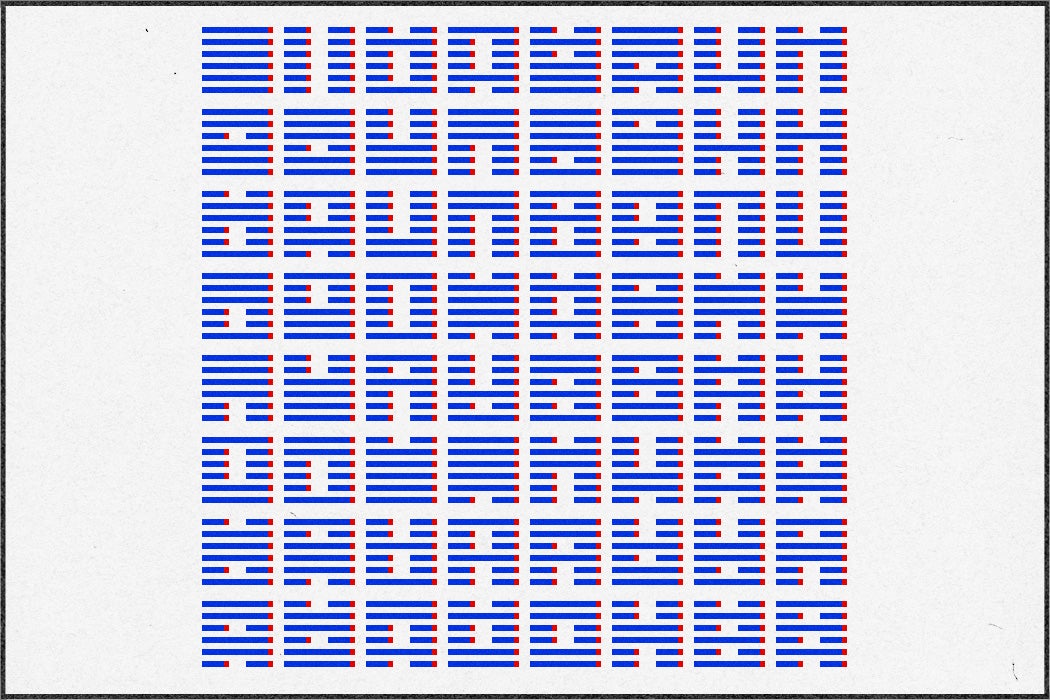Since it was first written in the ninth century BCE, the divination text known as the I Ching, Yijing, or Book of Changes has been used and interpreted in many different ways by people from many different religious and philosophical traditions. In the modern era, that continued to be true wherever the book went, including in the United States, as humanities scholar Richard J. Smith explains.
The I Ching was translated into a number of European languages in the nineteenth century, but Smith writes that its popularity in Europe and the United States really began in 1924. That’s when Richard Wilhelm, a theologian who had lived and studied in China for more than two decades, published a German translation of the text with the help of Chinese scholar Lao Naixuan. Smith writes that this translation “bespeaks a person who not only was in love with China but also believed that the Yijing had something important to say to all humankind.”
Wilhelm emphasized parallels between the I Ching and the work of German thinkers such as Immanuel Kant and Johann Wolfgang von Goethe, as well as the Bible. He also proposed that it reflected “common foundations of humankind,” upon which all cultures unconsciously built. Wilhelm’s interpretation of the text formed the basis for a wildly popular English version published by Cary Baynes, a student of Carl Jung, in 1950.
Likewise, English occultist Aleister Crowley, who traveled to China in the 1910s, drew connections between the I Ching and the Kabbalah, arguing that both used mathematics to build philosophical models and deduce moral principles. Crowley also focused heavily on sexual aspects of the text.
One key to the I Ching’s popularity in the US seems to be the way that it could be interpreted in the service of all sorts of different endeavors and ideas. Physicist Fritjof Capra’s bestselling The Tao of Physics (1975) attempted to draw connections between quantum mechanics and various Asian philosophical systems, including the I Ching. Terence and Dennis McKenna suggested that the patterns contained in the I Ching reflected the same “chemical waves” that powered the use of psychedelic plant medicine in the Amazon. Others found parallels to twentieth-century psychology. Jung’s foreword to Wilhelm’s translation, printed in English in a popular new 1961 volume, framed the divination text as a tool for self-evaluation, prompting the birth of a branch of Jungian psychology, followers of which used the text for purposes including dream interpretation.
Weekly Newsletter
Starting in 1950, experimental composer John Cage used the I Ching as a source of random numbers for a complex mathematics-based process of writing music. Other musicians, poets, and artists, including Bob Dylan, Allen Ginsberg, and John Lennon referenced it. And it played a major role in Philip K. Dick’s 1962 alternate history novel The Man in the High Castle. By the start of the twenty-first century, the amount of media available specifically about the I Ching—books, CDs, cards, software, and more—was overwhelming, suggesting both enduring interest in the text and the unlimited forms that interest could take.







